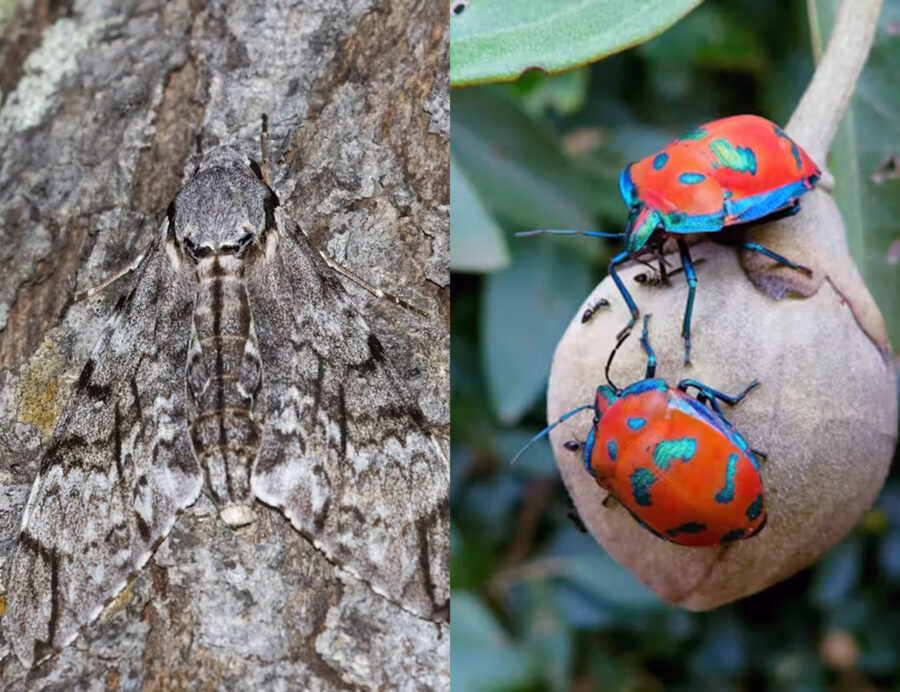Why your office is dirtier than the toilet

THINK YOUR DESK looks tidy? Office buildings, cleaned daily, seem an unlikely habitat for pathogens. But although your workspace may appear neat, a menagerie of micro-organisms roams the wilderness of your desk. Scavenging across the peaks and valleys of your keyboard, traversing the plains of your mouse and reproducing prolifically in your coffee cup – microbes are everywhere.
Professor Charles Gerba, at the University of Arizona in the USA, has spent much of his career collecting bacteria from everyday surfaces. He’s swabbed everything from filing cabinets to lift buttons and his most famous finding is an unsettling one.
“The safest place from germs in the office is the toilet seat,” Charles says. “No-one cleans their desktops. There are 400 times more bacteria on [the worst] desktops than on a toilet seat.” Toilets are usually sprayed daily with disinfectant, but desks are rarely wiped.
Most offices are cool and dry, which should inhibit growth. But some bacteria, and viruses – such as influenza and hepatitis – can remain viable for hours to weeks on dry surfaces, says Dr Ashley Franks, a microbiologist at La Trobe University in Melbourne.

Spores of toxic mould, such as Aspergillus (pictured) from pot-plant soil, can colonise in the sinuses, lungs and gut, triggering asthma and other problems. Air in climate-controlled offices may contain up to 1000 spoires/cu.m; natural ventilation may expose you to 9000 spores/cu.m.
Consider the crumbs, skin cells and dribbles of coffee crusted within your keyboard. This may sound disgusting, but to scavengers such as cockroaches and flies, it’s a tantalising feast. Cockroaches also feed in sewers and drains, so it’s unsurprising that they can spread pathogenic bacteria such as Salmonella, Staphylococcus and Streptococcus.
The germs in your office
Office air is also alive with bacteria – about 10 million per cubic metre. Air-conditioning towers provide optimal warm and damp conditions. Contaminated water droplets can then circulate microbes throughout a building. Even your pot-plant soil may host moulds and fungi, which produce spores that can cause immune suppression and even lung disease.
This sounds icky, but should we be worried? “Very few bacteria cause disease,” Ashley says. “Being ‘afraid’ of bacteria is like being fearful of shark attacks… More people are killed each year by falling off a ladder.”
A team led by Charles swabbed known office bacteria ‘hot spots’ (phones, chairs, keyboards, computer mice) to determine which kinds of bacteria were present. They found that the most abundant types also inhabit human skin and oral, nasal and digestive cavities; most were ‘commensals’ that live harmlessly alongside us. The complex microbial community on and in our bodies includes more than 200 species of bacteria and fungi and approximately 100 trillion individual microbes.
“We’re basically sacks of bacteria and go around collecting food for them,” Ashley says.
We also need to be exposed to some bacteria to keep our immune systems working – sterilising your environment could weaken your defences. Professor Lindsay Grayson, director of Hand Hygiene Australia, doesn’t advise obsessive hand washing.
“Our skin is colonised with ‘normal flora’ that serves as a natural barrier… When this is disrupted, it’s easier for [bad] bacteria to get in,” he says.
Harsh cleaning agents are also “overkill” in low-risk areas such as offices, says Ashley. Although it may be tempting to sanitise our environments, we need some of these microbes to survive.
This story was originally published in the May-Jun 2014 issue of Australian Geographic (AG#120).




